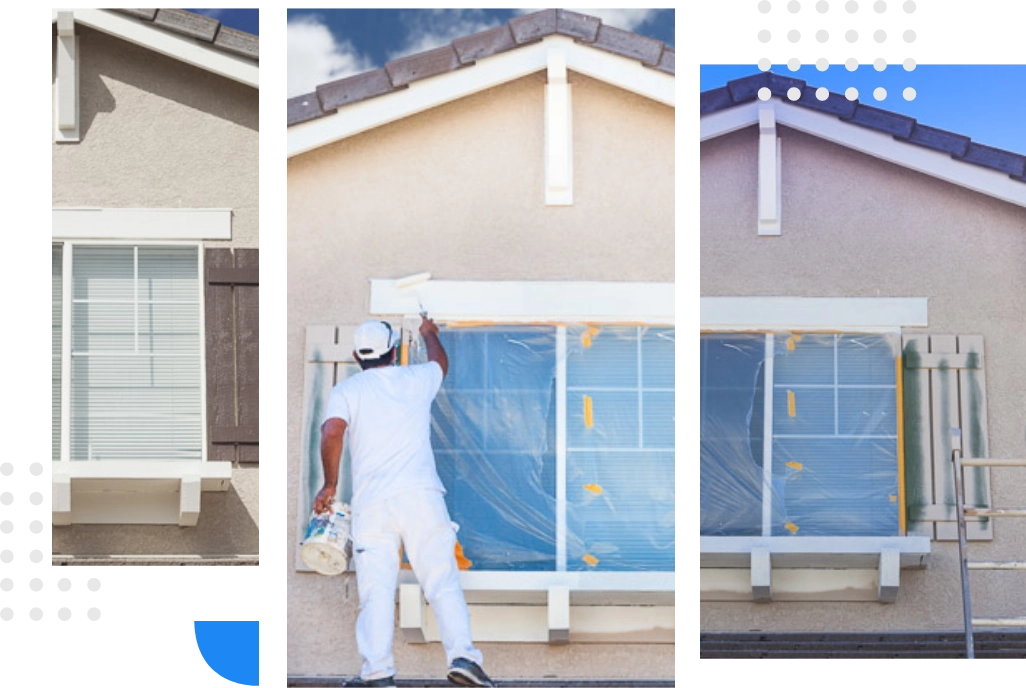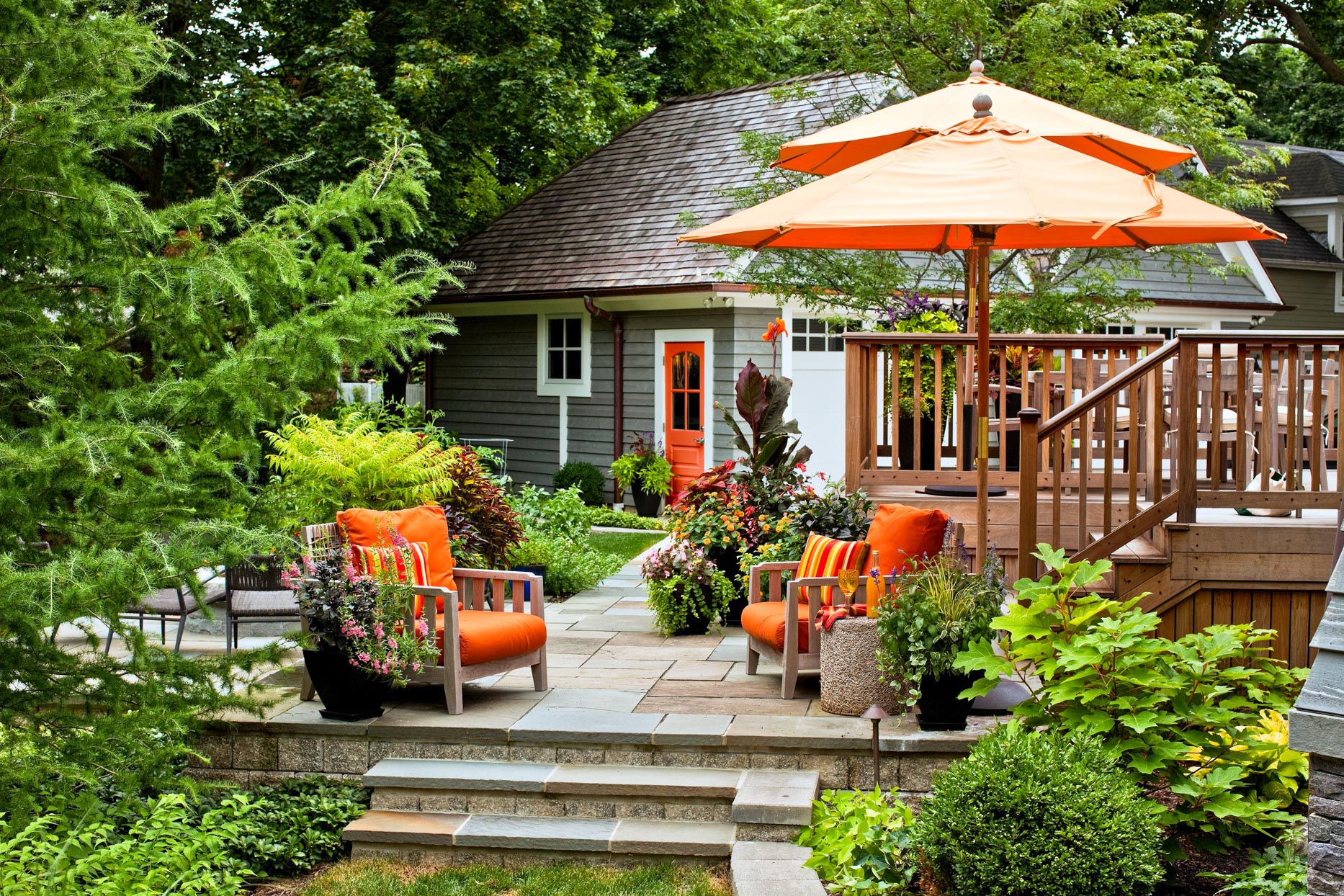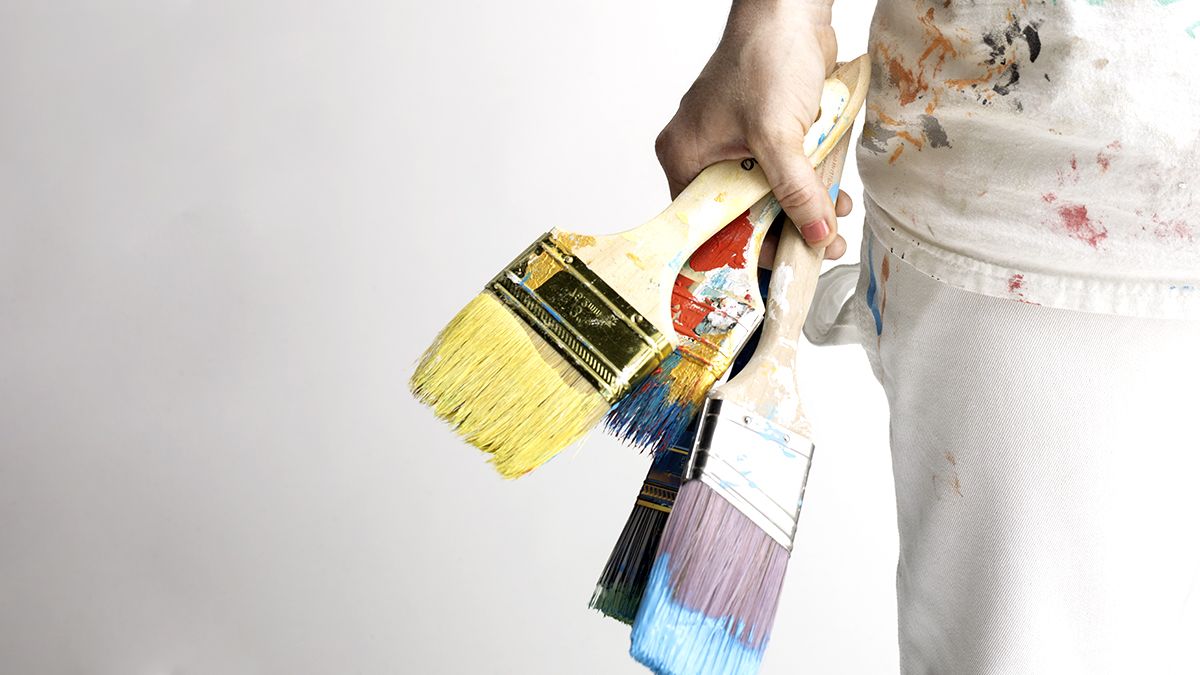Exterior house painting is not only a way to refresh the appearance of your home but also a crucial step in protecting it from the elements. Whether you’re looking to boost curb appeal or enhance weather resistance, a professional house painting project can make a significant difference. In this guide, we’ll explore the process of exterior house painting, from preparation to finishing touches, to help you achieve stunning results.
- Assessing the Condition of Your Exterior: Before starting any painting project, it’s essential to assess the current condition of your home’s exterior. Look for signs of damage, such as cracks, peeling paint, or wood rot, and address any underlying issues before proceeding with painting. Repairing damaged surfaces ensures a smooth and durable finish that will stand the test of time.
- Choosing the Right Paint and Color Scheme: Selecting the right paint and color scheme is a crucial step in exterior house painting. Choose high-quality exterior paint that is formulated to withstand outdoor conditions, such as UV exposure, moisture, and temperature fluctuations. Consider factors such as the architectural style of your home, surrounding landscape, and neighborhood aesthetics when choosing a color scheme. Sample different colors and finishes to find the perfect combination that complements your home’s design and enhances its curb appeal.
- Preparing the Surface: Proper surface preparation is key to a successful exterior painting project. Thoroughly clean the surface to remove dirt, debris, and mildew using a pressure washer or cleaning solution. Repair any damaged areas, such as cracks or holes, with caulk or filler, and sand rough surfaces to ensure a smooth finish. Prime bare wood and apply a primer/sealer to promote adhesion and improve paint durability.
- Applying the Paint: Once the surface is properly prepared, it’s time to apply the paint. Use high-quality brushes, rollers, or sprayers to achieve even coverage and professional results. Work methodically, starting from the top and working your way down, to avoid drips and streaks. Apply multiple thin coats of paint for better coverage and durability, allowing sufficient drying time between coats.
- Adding Finishing Touches: After applying the paint, take the time to add finishing touches to enhance the overall appearance of your home’s exterior. Consider painting trim, shutters, doors, and other architectural details in complementary colors to create visual interest and contrast. Clean up any paint spills or drips promptly, and remove masking tape carefully to avoid damaging the paint finish. Step back and admire your newly painted home, appreciating the transformation and improved curb appeal.
- Maintaining Your Exterior Paint: To prolong the life of your exterior paint job, it’s essential to practice regular maintenance. Inspect your home’s exterior periodically for signs of damage or wear, such as peeling paint or water stains, and address any issues promptly. Clean the surface as needed to remove dirt and debris, and consider applying a fresh coat of paint every 5-10 years to keep your home looking its best.
Conclusion: Exterior house painting is a rewarding home improvement project that can enhance the beauty, durability, and value of your home. By following proper preparation techniques, choosing quality materials, and applying professional painting methods, you can achieve stunning results that will stand the test of time. Transform your home’s exterior with a fresh coat of paint, and enjoy the renewed beauty and curb appeal for years to come.



